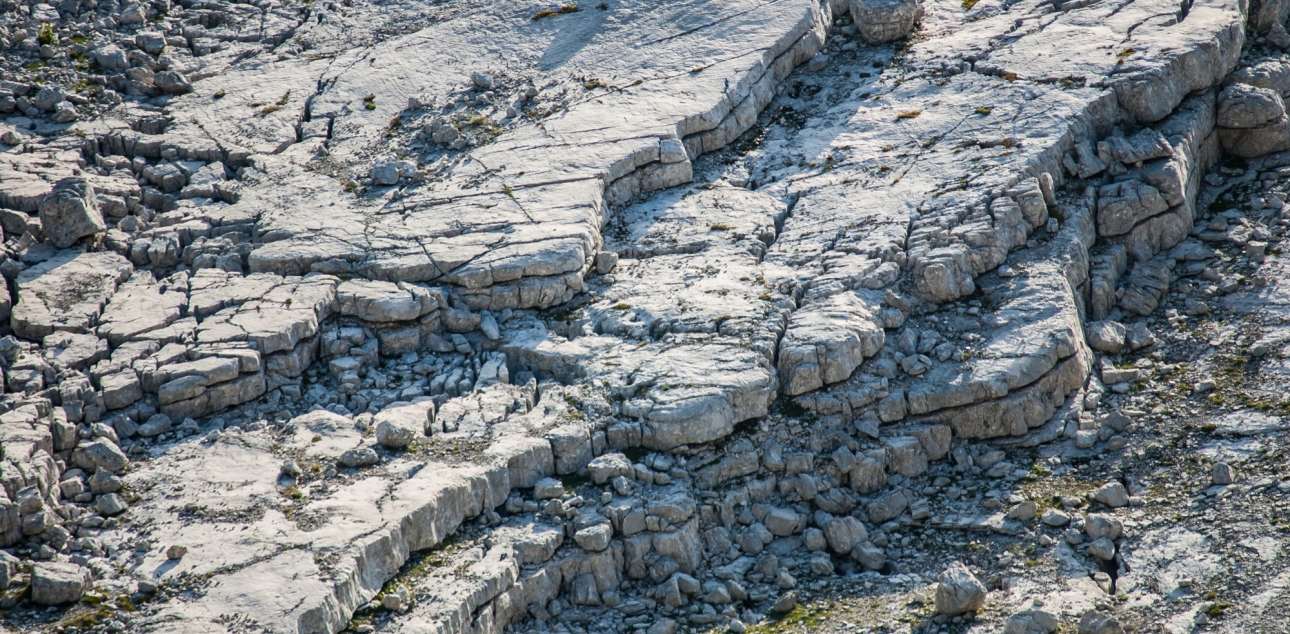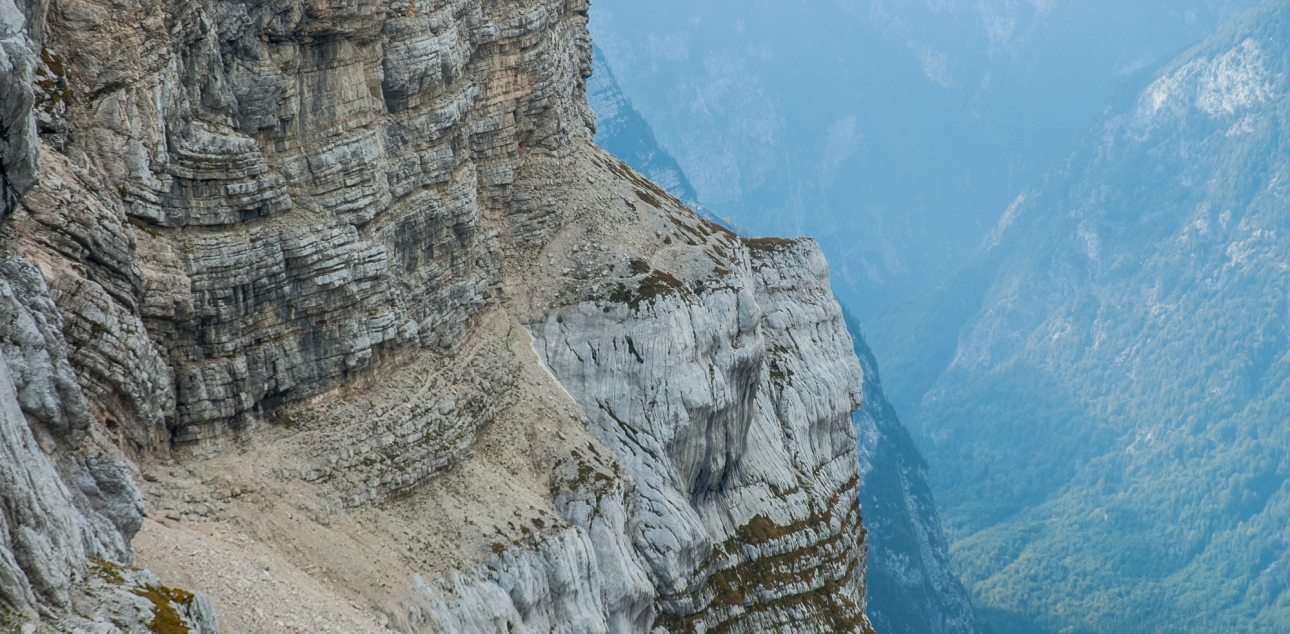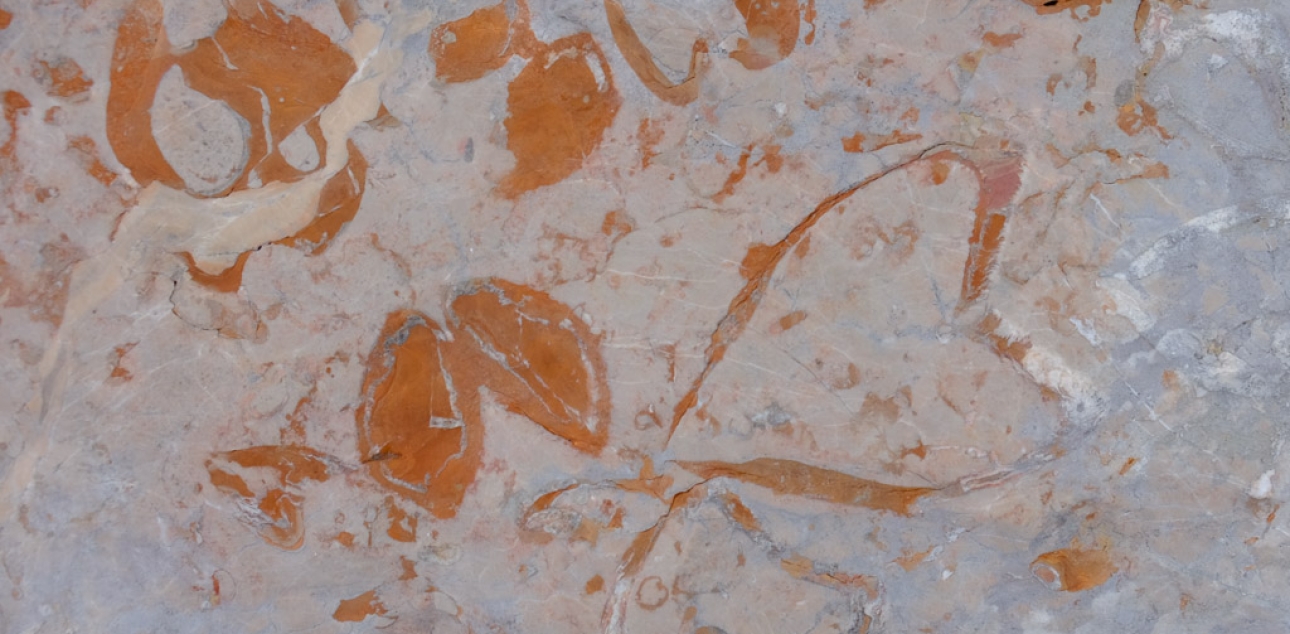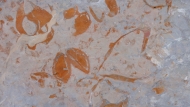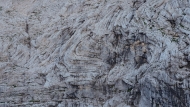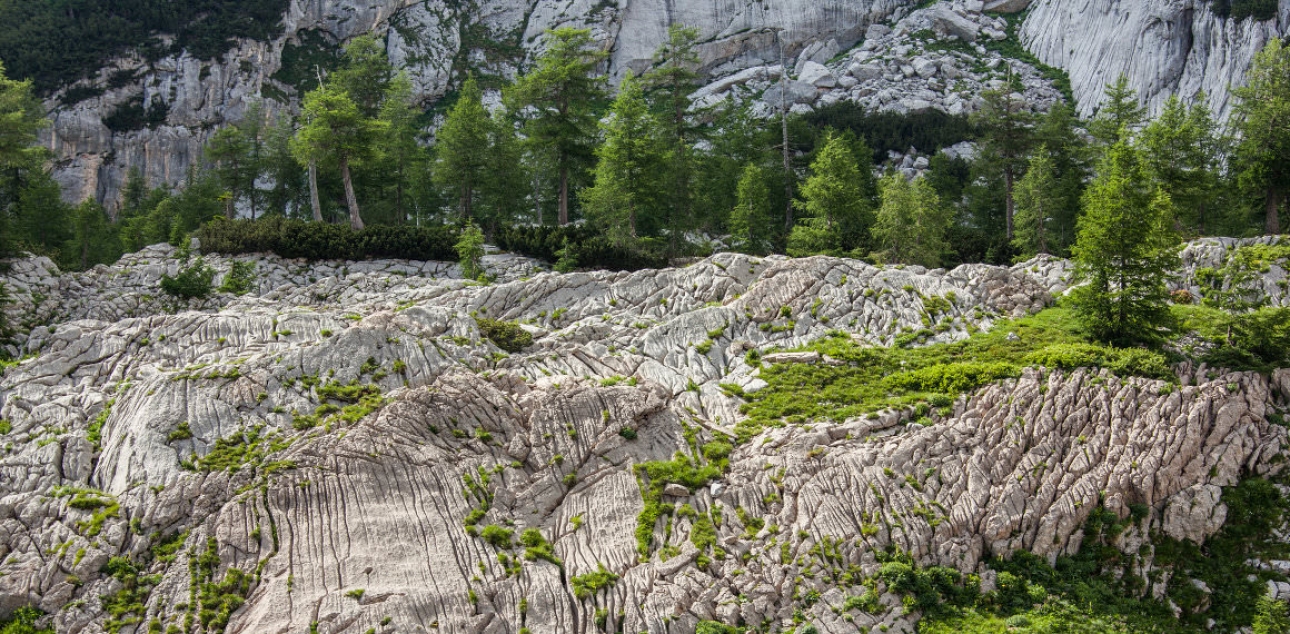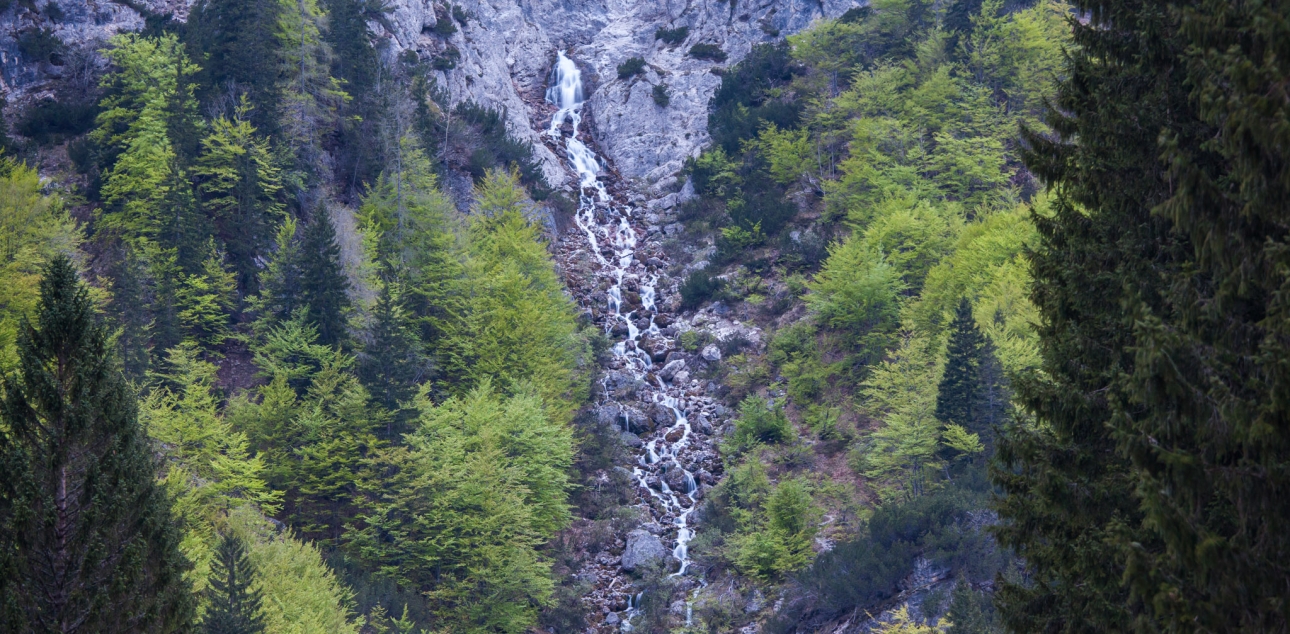The Triglav National Park lies at the easternmost edge of the Alpine Arc, in the Julian Alps. The mountainous landscape reflected in grey limestone mountain groups, sharp ridges, high karst plateaus, wide glacier-carved valleys, deep ravines and crystal-clear waters is an open book of geological history of the Park spanning over 200 million years.
The sea as the builder of the park’s mountains
For millions of years, the sea deposited layer after layer of limestone in an effort to create 1000-metre rock faces of the Julian Alps’ highest summits. Calcium that dissolved in seawater gradually deposited on the sea bottom, often mixed with other decaying organisms. The sediment turned into limestone containing fossil remains. One layer of bedrock indicated a certain period of deposition, which was then interrupted and eventually resumed, forming another layer. In areas where no layers are visible, deposition was continuous.
A walk among the inhabitants of former oceans
The diversity and age of marine environments in which these rocks were formed is also characterised by numerous, beautifully preserved fossils. In the mountains of the national park, visitors will often walk along former sea bottom filled with molluscs and sea urchins, admire colourful coral reefs, and swim with long-extinct ammonites. Although fossils are not always visible to the naked eye, these locations are equally striking as they reveal their microscopic world of algae, Foraminifera shells, Radiolaria, and conodonts.
What pushed the mountains towards the sky?
The bedrock of the Triglav National Park was created in marine environments along the equator. During the process of moving tectonic plates, the Earth’s internal forces pushed the plates several thousand kilometres north. The Alps arose as a result of the collision of the African and Eurasian tectonic plates, which caused rocks to rise, fold, break, move and slide one over another. The exposed rocks were then shaped and lowered by the forces of erosion, gradually transforming them into the current, and ever-changing, landscape forms.
Water is the queen of erosion and its greatest artist
Precipitation ranging from rain to snow and ice shapes the limestone surface and underground of the Julian Alps as its can dissolve limestone and create landscape forms associated with highland karst topography. Since vegetation is scarce at higher elevations and relief is bare, these karst forms are more expressed and visible. Although created by water, high-altitude karst is actually a dry dessert as all the water disappears through the system of fissures into the underground labyrinth of potholes and caves.
Mountains are just a brief chapter in the geological history
Mountain ridges may seem majestic and unchangeable, but in fact they are just a brief chapter in geological time. Regardless of the strength of internal forces, erosion always wins. Steep, serrated and precipitous formations mellow out into tamed, rounded and gentle slopes. Mountain ridges will eventually level out, the world’s highest peaks will become modest hills, and a new chain of hills will rise from the ground. An attentive eye will see the proof of the nearing death of the Julian Alps on every step (scree, landslides, avalanches, torrents).
Who shaped valleys and undermined waterfalls?
The existing landscape forms of the national park are like a snapshot, a captured moment in the history of the ever-changing landscape. A lovely example of the changes in the landscape are the so-called hanging valleys (small side valleys), which were created by glacier activity. Strong erosion forces of the main glacier made the main valleys deeper than the side valleys and the stream flowing along the side valley had to create a waterfall to overcome the height difference. Still, even these waterfalls cannot escape their destiny: in time they will withdraw, crumble, and disappear.
Thank you.




